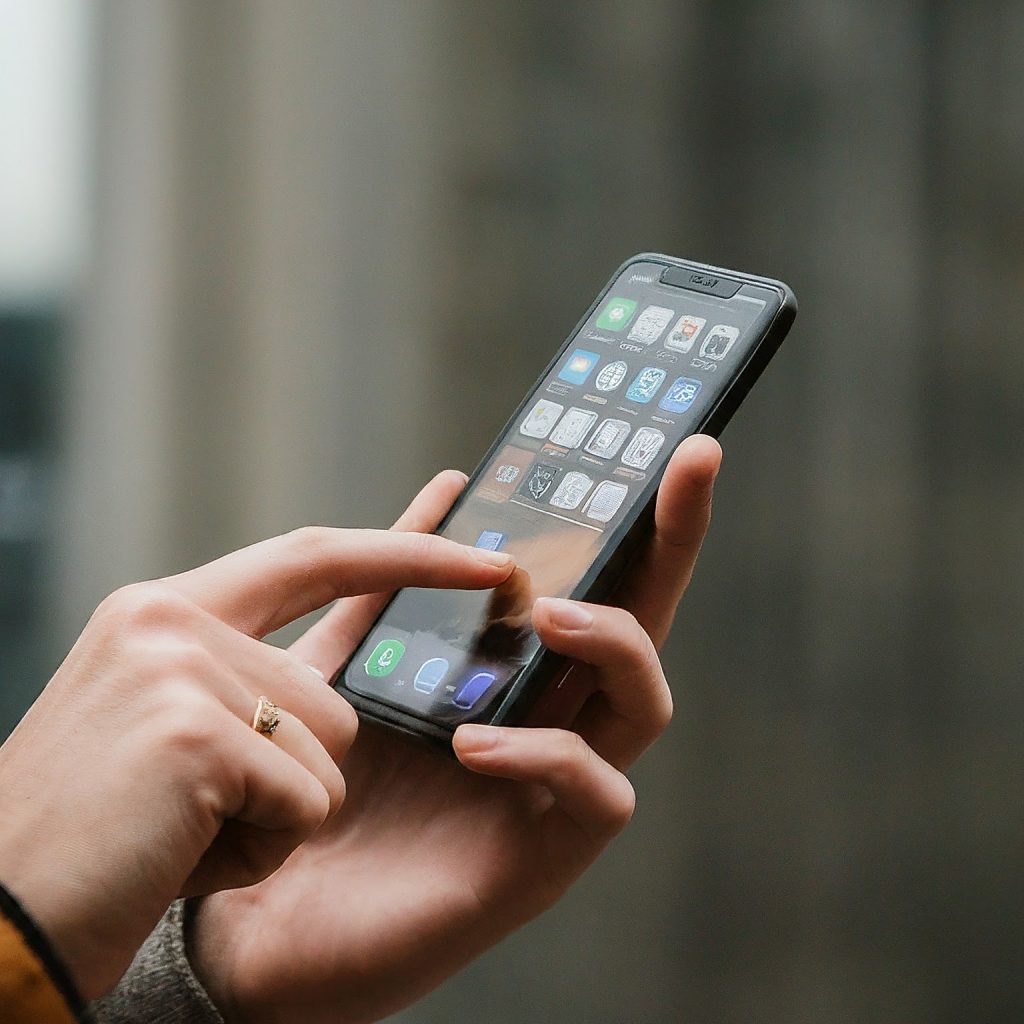While the iPhone’s user interface is sleek and intuitive, there’s a hidden world of functionality lurking beneath the surface. iPhone short codes are the key to unlocking this treasure trove, granting you access to a wealth of information and settings not readily apparent. This comprehensive guide will unveil these secret codes, exploring their diverse applications and empowering you to harness the full potential of your iPhone.

What Are iPhone Short Codes?
iPhone short codes are special sequences of numbers and symbols that you can dial from your iPhone’s Phone app, much like you would a regular phone number. However, instead of connecting you to another person, these codes trigger various actions or reveal hidden information about your device.
Types of iPhone Short Codes
iPhone short codes can be broadly classified into the following categories:
- Information Codes: These codes provide valuable information about your iPhone, such as your IMEI number, signal strength, call forwarding status, and more.
- Setting Codes: These codes allow you to modify specific settings on your iPhone, such as enabling or disabling call waiting, hiding your caller ID, or accessing field test mode.
- Action Codes: These codes trigger specific actions on your iPhone, such as initiating a call forwarding request or displaying a list of missed calls.
Essential iPhone Short Codes to Know
Here are some of the most useful and intriguing iPhone short codes that every iPhone user should know:
Information Codes
- *#06#: Displays your iPhone’s IMEI number.
- *3001#12345#*: Enters Field Test Mode, revealing detailed information about your cellular network and signal strength.
- *#21#: Checks your call forwarding status.
- *#61#: Displays the number of missed calls.
Setting Codes
- ***67* (followed by phone number): Hides your caller ID for the next call.
- *43#: Enables call waiting.
- #43#: Disables call waiting.
- *33*pin#: Enables call barring (requires SIM PIN).
- #33*pin#: Disables call barring (requires SIM PIN).
Action Codes
- *21* (followed by phone number) #: Activates unconditional call forwarding.
- ##21#: Deactivates unconditional call forwarding.
- *67 (followed by phone number): Hides your caller ID for a specific call.
Advanced iPhone Short Codes for Tech Enthusiasts
If you’re a tech enthusiast looking to dive deeper into your iPhone’s capabilities, here are some advanced short codes to explore:
- ##002#: Deactivates all call forwarding.
- *3370#: Enables Enhanced Full Rate (EFR) mode for better call quality (may affect battery life).
- *#5005*7672#: Displays your carrier’s SMS center number.
- *225# (Postpaid) or *272# (Prepaid): Displays your billing cycle or account balance.
Safety Precautions and Disclaimers
While iPhone short codes can be a powerful tool, it’s crucial to exercise caution and responsibility when using them.
- Avoid Unauthorized Codes: Stick to well-documented codes from reliable sources to avoid accidentally changing critical settings or causing unintended consequences.
- Backup Your Data: Before experimenting with any short codes that modify settings, back up your iPhone data to prevent potential data loss.
- Carrier Variations: Some short codes may vary depending on your carrier or region. Always consult your carrier’s documentation for accurate information.
The Evolution of iPhone Short Codes
iPhone short codes have evolved alongside iOS updates, with some codes being deprecated or replaced over time. Apple’s official documentation on short codes is limited, making online resources and user communities valuable for discovering and understanding these hidden features.
Conclusion: Embrace the Hidden Power of iPhone Short Codes
iPhone short codes are a testament to the iPhone’s underlying complexity and versatility. By delving into this secret language, you can unlock a wealth of functionality, customize your device to your preferences, and gain a deeper understanding of your iPhone’s inner workings. So, go ahead and experiment with these codes responsibly, and discover the hidden power that lies within your iPhone.
لا تعليق